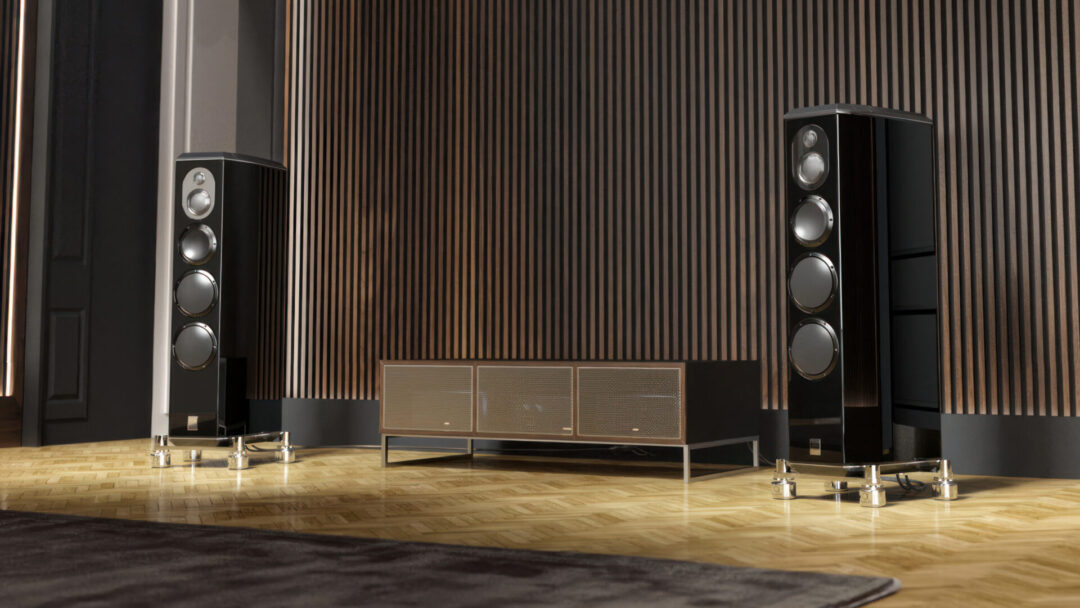All Marten loudspeakers are hand-built in Sweden using exclusive technology and the most exotic materials.
Exactly 20 years ago, I saw Leif Olofsson demonstrate his flagship Coltrane loudspeakers on the floor at the Hi-Fi Fair in Stockholm. With ceramic diaphragms on all the drivers. It was there that I was introduced to Sophie Zelmani, because her voice on the song Why just stood out in the room where the speakers seemed to have disappeared from the equation. Back then, the company was called Mårten, but it was probably a smart move internationally that they later changed the å to an a.
Fast forward to today, and Marten has become a highly recognised high-end manufacturer that can afford to use even more expensive and beautiful materials than back then. Whereas Coltrane, as far as I remember, cost around – I think Coltrane probably cost around 80,000 kroner in 2003, you now have to pay one or more million kroner for a flagship speaker that bears the Marten logo.
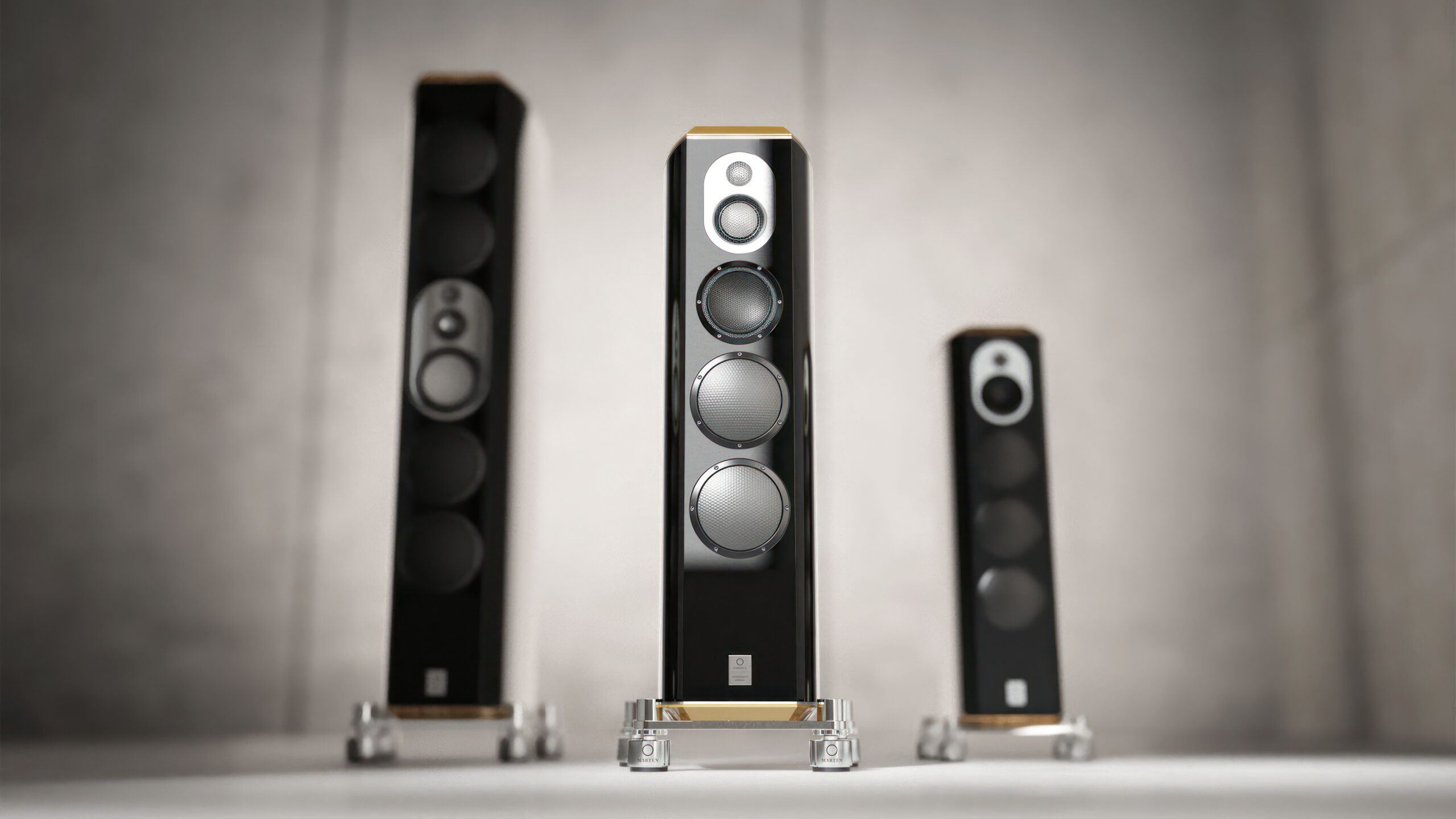
Mingus Septet
This time it’s the Mingus series that gets a new model, the 95-kilo Mingus Septet. It is smaller in size than the Mingus Orchestra, making it easier to place in normal living rooms. And it costs half as much. But since the Mingus Orchestra costs in the neighbourhood of 200,000 euros, the question is whether you can afford it anyway…
The Mingus Septet is a four-way speaker with no fewer than seven drivers and a newly developed crossover to tie it all together.
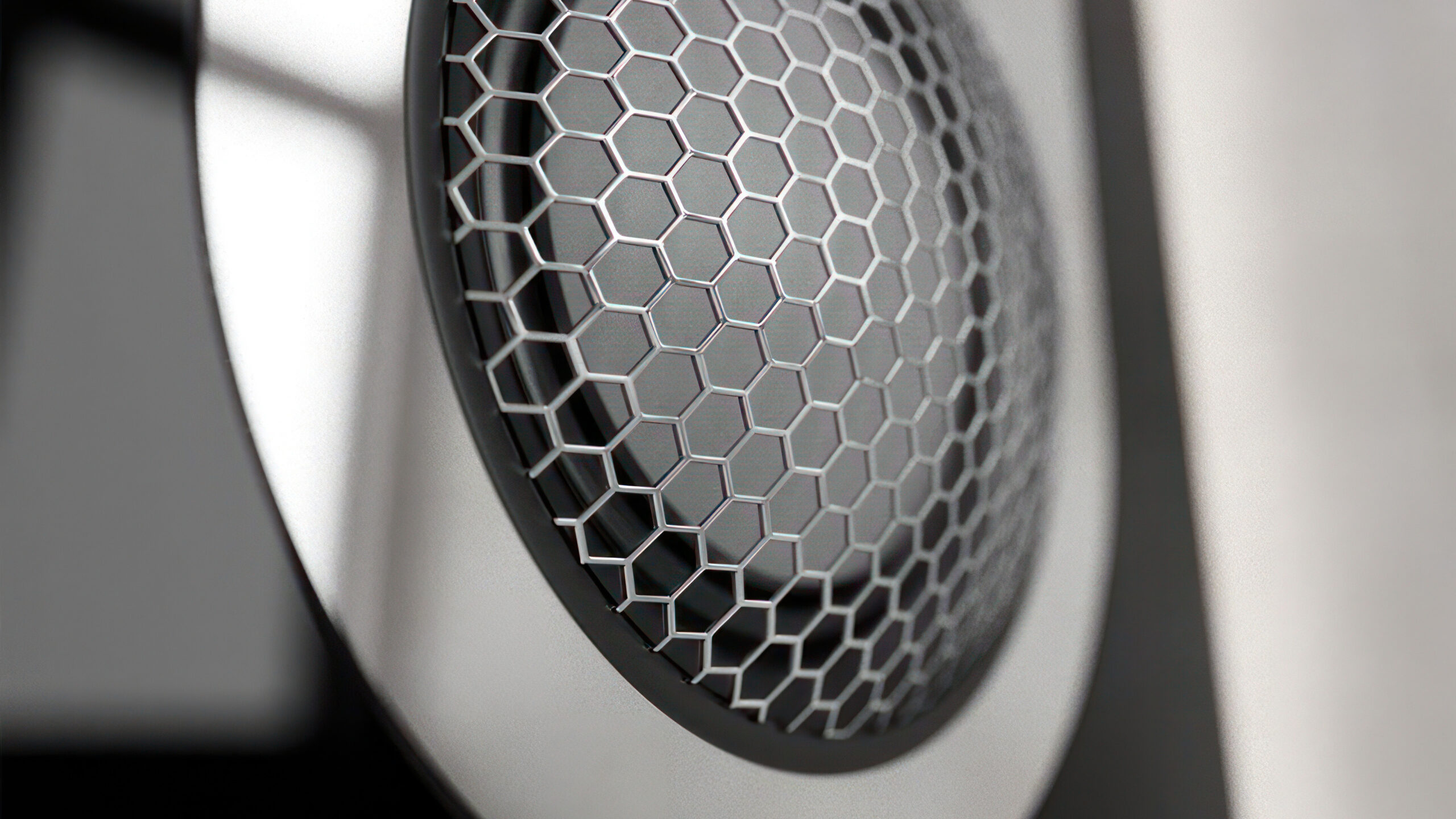
Diamond and beryllium
Two of the units are designed by Marten themselves: a tweeter in industrial diamond and a separate unit designed to reproduce only the upper midrange. This is something as special as a 3-inch dome tweeter with a pure beryllium dome. Expensive and lovely!
Ceramic midwoofer
But it doesn’t stop there, because it’s not just midrange and treble that use domes. How about a bass/midrange with a large 7-inch dome? This is ceramic, which is a better – and more economical – choice than beryllium for lower frequencies.
Below these again are two 8-inch woofers with two-layer aluminium cones with different resonance frequencies, so that one reinforces and dampens the other.
Finally, the pressure in the cabinet needs to be equalised. Instead of doing this with a bass reflex port, Marten uses two 10-inch passive slave basses, fitted with the same type of aluminium cone. Together, these extend the bass response all the way down to 23 Hz.
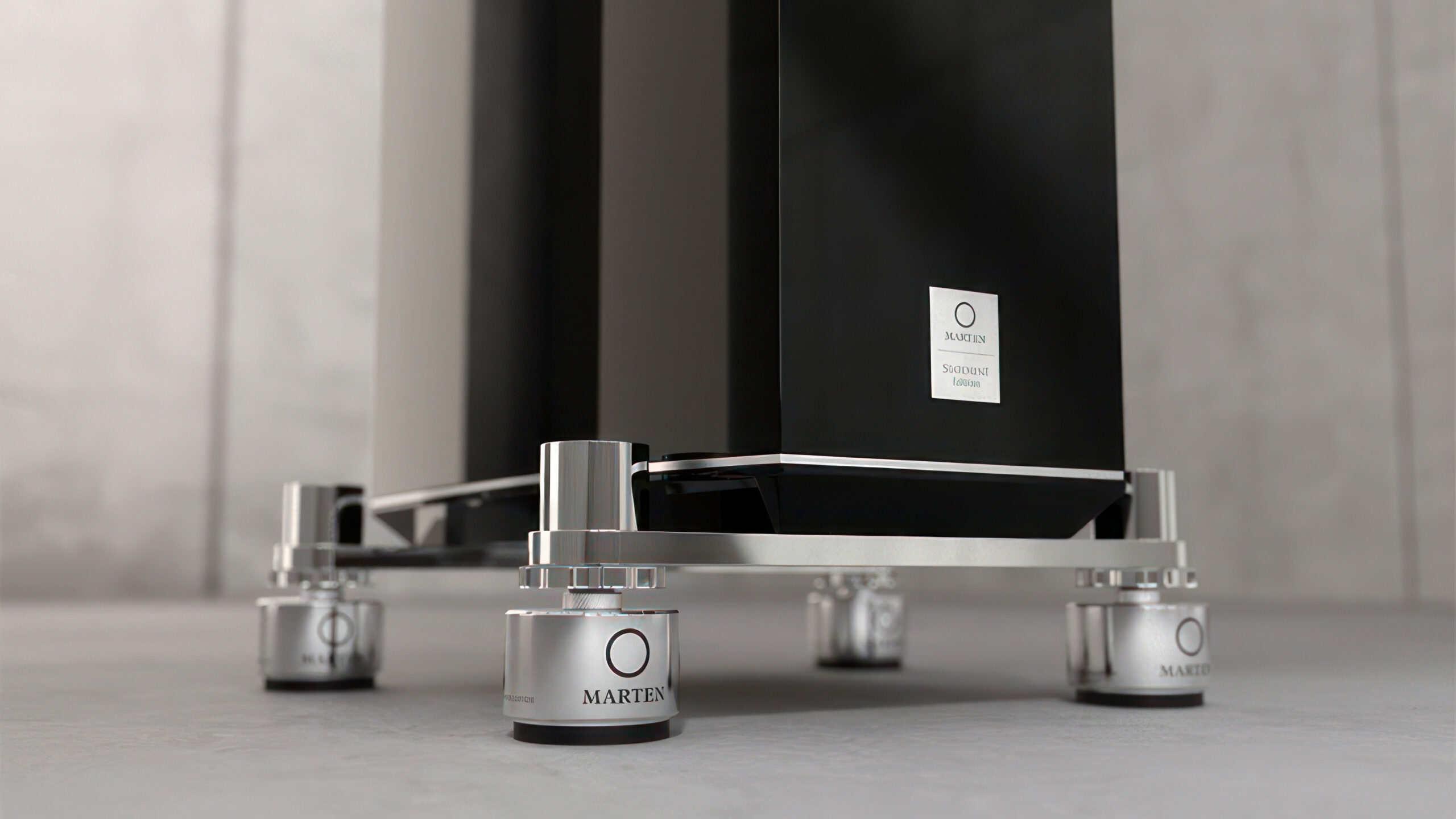
The crossovers
The crossovers are of the first-order type, which have less steep slopes. This means that as little energy as possible is lost in the crossover, but also that you need to ensure that each driver has a very similar response around the crossover frequency to avoid phase problems in the transition. Some would choose the same material for all drivers to achieve as much homogeneity as possible, but Marten aims to maximise reproduction in each frequency range by designing a diaphragm with the material that works best in that frequency range.
Marten uses Jorma quality cables throughout.
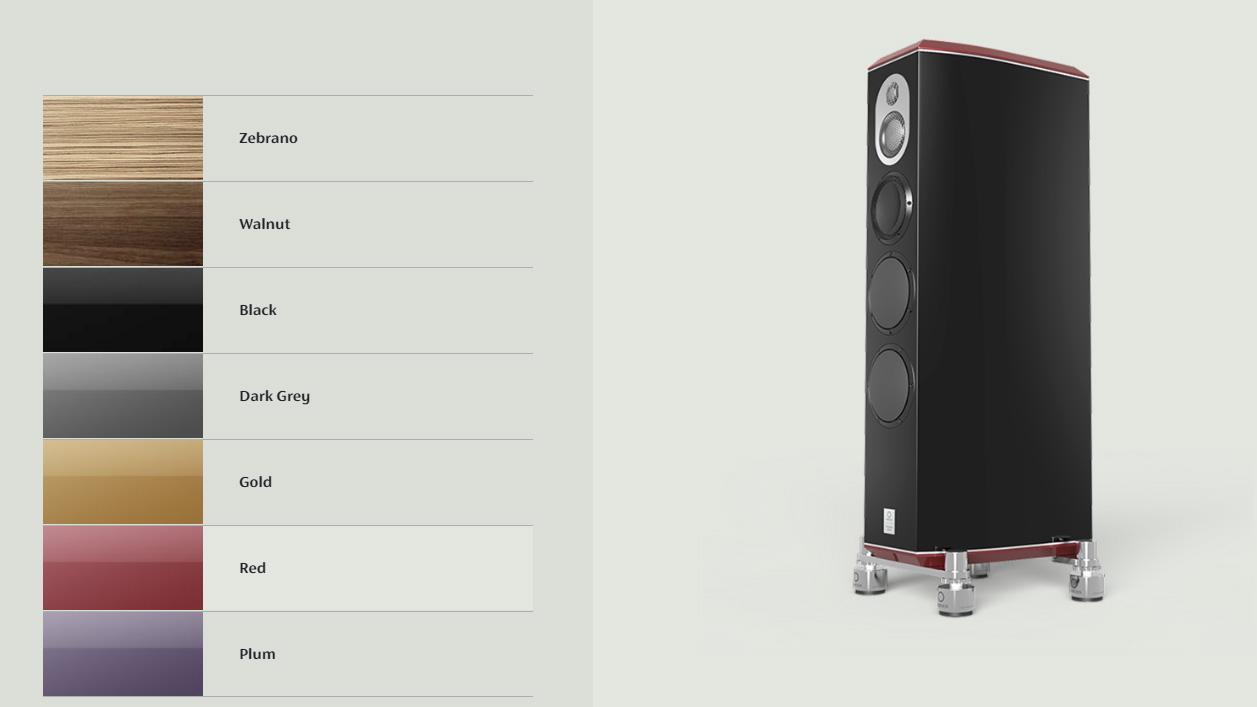
The enclosure
The cabinet is tapered to minimise reflections. Carefully selected MDF with ‘optimal stiffness’ is used, and the interior is both stiffened and damped. The front panel is made of 4 mm thick aluminium with a damping mat inside, and the top and bottom panels are made of wood. Finally, the speakers stand on specially designed isolation feet for almost total control over resonances.
The cabinets are carefully lacquered in up to seven layers and hand-polished between each layer.
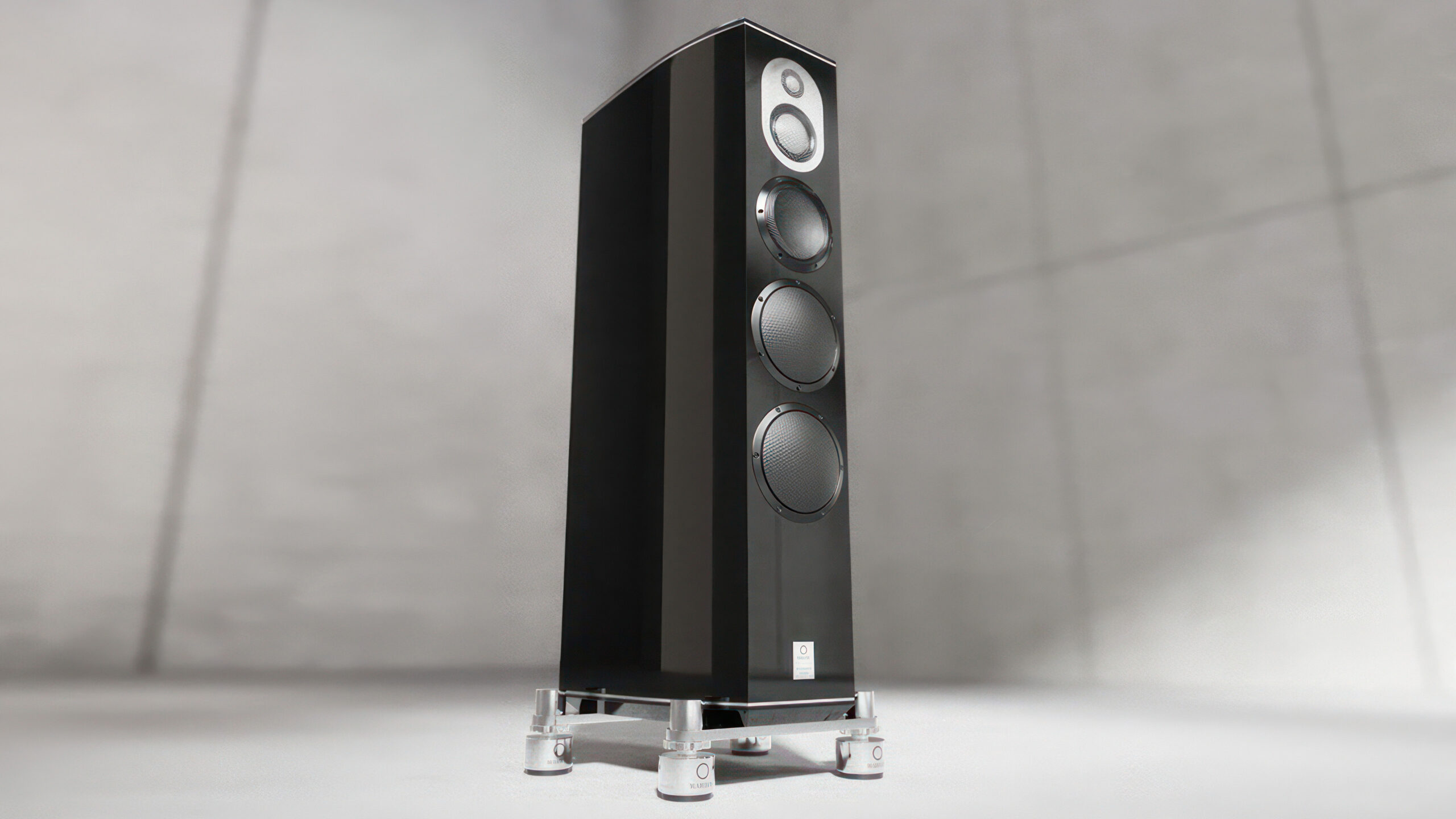
Marten Mingus Septet: Price and availability
The Marten Mingus Septet is not for everyone. The price tag of 108,000 euros ensures that. Should you feel tempted to upgrade to the Statement edition with even better internal cables and crossover components, you can add another 13 per cent on top of that.
More info: marten.se
